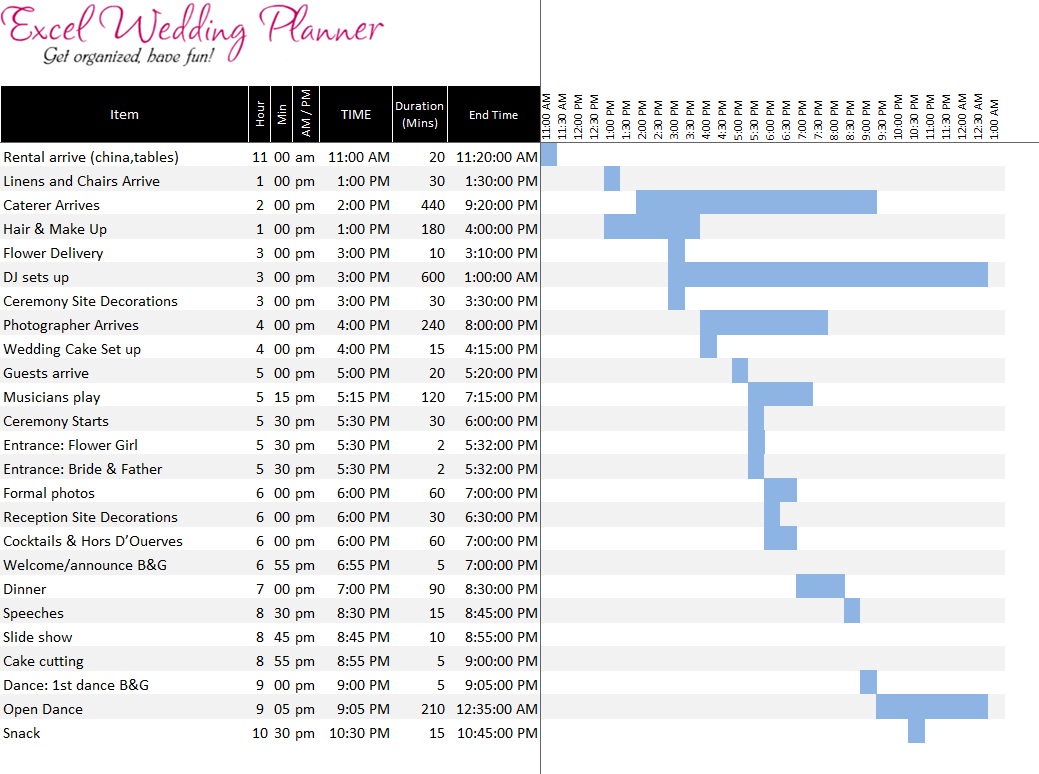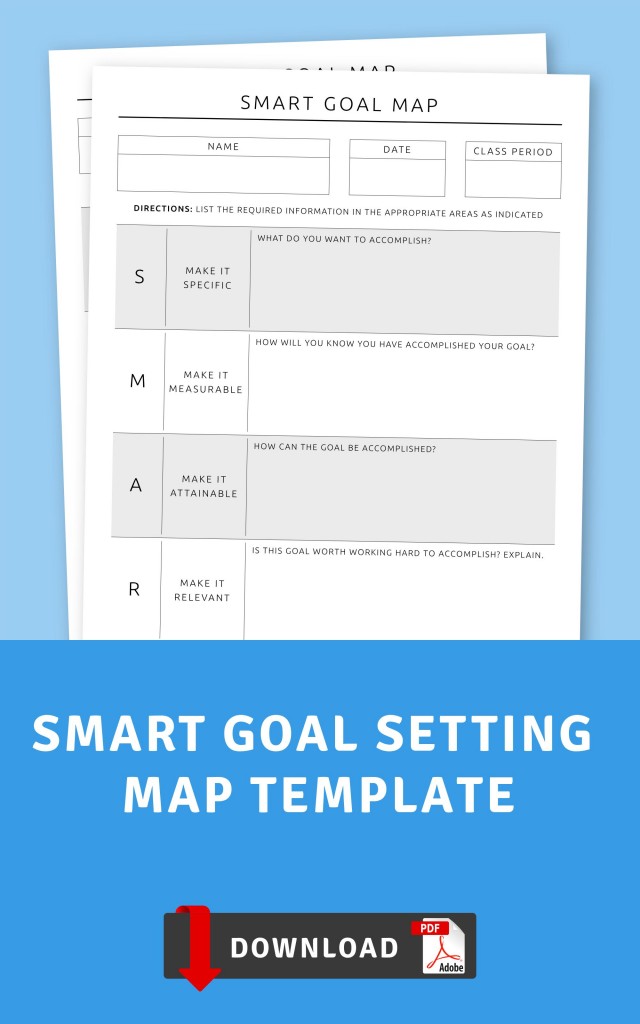

Identify stakeholders early and make sure they are considered in the communication plan. Write a communication plan which includes: the frequency, goal, and audience of each communication. Lack of communication, causing lack of clarity and confusion. Team managers attending scheduling workshops. Raise a change request for changes to budget or schedule.ĭownload this risk register of common project risksĬheck previous projects, for actual work and costs.ĭocument all assumptions made in planning and communicate to the project manager before project kick off.Įscalate to the Project Manager with plan of action, including impact on time, cost and quality. Track schedules daily and include schedule review as an agenda item in every project team meeting.įlag forecast errors and/or delays to the Project Board early.Įscalate to project sponsor and Project Board. Use two methods of cost estimation, and carefully track costs and forecast cost at completion making adjustments as necessary.īuild in 10% contingency on cost and scheduling. Late penalties agreed to and contracts signed.īreak this two risks 'cost estimating' and 'scheduling errors'. Lead time from each contractor built into the project schedule. Ask again and again if they need anything else.Įscalate to Project Sponsor and Contracts Manager. Now making arrangements for a meeting room.īuild in and protect lead time in the schedule.Ĭheck in with suppliers regularly. Project Sponsor has agreed to hold briefing. Identify back ups for each human resource on the project.Įscalate to the Project Sponsor and bring in back up resource. Soft book resources as early as possible and then communicate final booking dates asap after the scheduling workshops. The Project Sponsor will brief team managers on the importance of the project. Revisit the schedule with the project team. Share the schedule and go through upcoming tasks at each weekly project progress meeting. Hold scheduling workshops with the project team so they understand the plan and likelihood of missed tasks is reduced. Project schedule is not clearly defined or understood Request high risk items that are ill-defined are removed from scope. Project design and deliverable definition is incomplete.ĭefine the scope in detail via design workshops with input from subject matter experts.ĭocument assumptions made and associated risks. Project purpose and need is not well-defined.Ĭomplete a business case if not already provided and ensure purpose is well defined on Project Charter and PID.Įscalate to the Project Board with an assessment of the risk of runaway costs/never-ending project.īusiness case re-written with clear deliverables and submitted to the Project Board for approval. For more on the damage stakeholders can do see our case studies of real world projects that faced costs running into millions, because of stakeholder actions.Ĭompleted risk register with 20 project risks you need to manageĪctions to mitigate the risk e.g. Stakeholder action delays the project.

Acts of God for example, extreme weather, leads to loss of resources, materials, premises etc.Theft of materials, intellectual property or equipment.



 0 kommentar(er)
0 kommentar(er)
